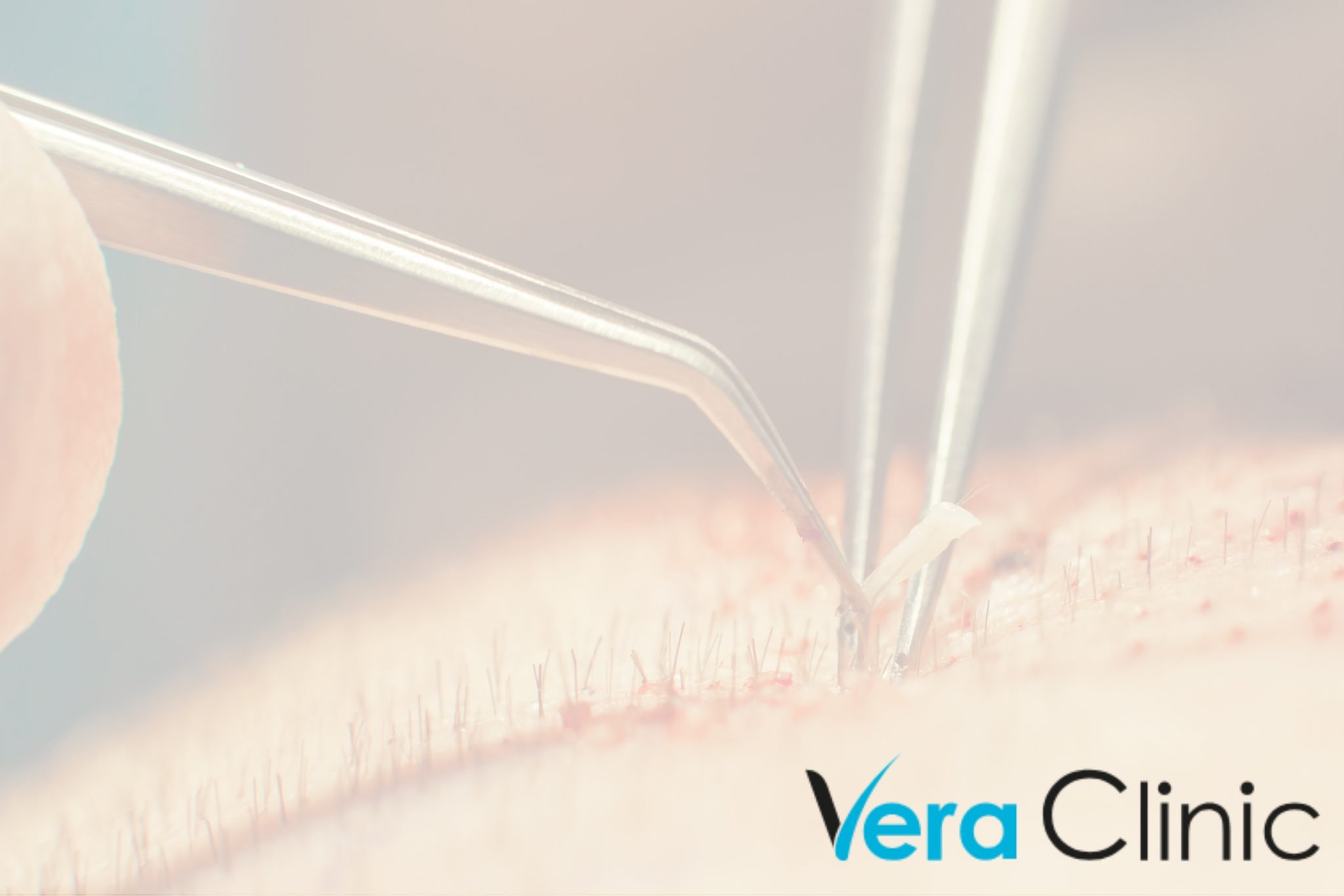Erectile dysfunction (ED) is a widespread sexual issue among men of all ages. It may be caused by neurological, hormonal or vascular disorders or simply the natural aging process.
Erectile dysfunction (ED) is a serious condition, but treatment can restore your sexual life to normal. Possible treatments include oral medications, injections, and surgery.
1. Oral Medications
There are various medical treatments for erectile dysfunction (ED), such as oral medications. These medicines work by increasing blood flow to the penis and increasing nitric oxide production that relaxes penis muscles and causes an erection.
Oral medications are often the first line of treatment for men experiencing erectile dysfunction, and they work effectively and cause few side effects. Common examples include Sildenafil (Viagra), Vardenafil (Levitra, Staxyn), Tadalafil (Cialis), and Avanafil (Stendra) farmaciaroma24.
Many men struggle to achieve an erection, leading to a lack of sexual satisfaction. If you suffer from ED, it’s essential that you receive an accurate diagnosis and treatment plan from your physician.
Your doctor will ask you about your symptoms, medical history, and any factors that could contribute to erectile dysfunction, including any current medications. They also want to know about any health conditions affecting kidney or liver function as these organs are responsible for metabolizing oral medication and controlling how much is absorbed into the bloodstream.
One of the most commonly prescribed oral medications is a tablet that must be swallowed whole. However, there are other types of pills as well, like fizzy ones that dissolve in water for drinking or chewable lozenges which absorb across your oral lining.
Before beginning any medication regimen, always consult your doctor about the potential risks and benefits. Some of these drugs may not be appropriate for you if you have a history of ED or other health issues.
Your doctor must also consider your individual preferences for how the medication should be taken, such as how much you enjoy taking it and whether pills or liquid form is more convenient. Some people have difficulty swallowing pills, so chewable or orally disintegrating tablets may be preferable for them.
Your doctor will determine the dosage for you; it can be taken in a small dose before sexual intercourse or as needed. You may take the medication with or without food; however, a high-fat meal may prevent absorption.
2. Injectable Medications
Injectable medications are an effective solution for treating erectile dysfunction. They’re particularly useful for men who cannot tolerate the side effects of oral ED drugs or who desire more immediate erections.
One type of injectable medication called alprostadil is a vasodilator that dilates blood vessels in the penis, increasing circulation to that area and leading to an erection. This drug comes in various forms such as injectables and suppositories.
Other injectable medicines are long-acting injectables (LAI), which release their medication slowly. These tend to be antipsychotics or neuroleptics and can be obtained at your doctor’s office or compounding pharmacy where they will be tailored specifically for you.
With certain exceptions, such as severe allergies or a history of hepatitis C, these medications are generally safe and effective. Unfortunately, they can cause significant bruising and swelling around the injection site that has been linked to scar tissue formation.
If you’re thinking about trying an injectable medication, speak to your doctor first. They can prescribe the correct medication and assist in finding a dosage that works for you.
Before beginning treatment, make sure your doctor provides instructions on how to correctly inject medication into your penis. It’s essential that you use the correct needle; this will save time and hassle in the future, plus be careful not to inject into blood vessels.
After administering injections, apply pressure to the site for several minutes. This will reduce bruising or swelling and help avoid scar tissue formation.
Be sure to read the instructions on your prescription label carefully. These typically include a “beyond-use date” and instructions on how to store the medication correctly; each product may have different guidelines, so always read before using.
Some men prefer taking a long-acting injectable instead of pills daily. Although they’re not as popular as pills, these could be an advantageous option for some.
3. Medical Devices
Medical devices are devices used to diagnose or cure health conditions. In the United States, they are regulated by the Food and Drug Administration and go through a review process before they can be marketed. Generally speaking, these products fall into three classes: Class I for low risk; Class II for intermediate risk; and Class III for high risk.
For many devices, the regulatory process can be a lengthy one that involves testing, safety and quality assurance as well as cost and efficiency analysis. In some cases, the FDA offers an expedited pathway called priority review; however, data on its speed and effectiveness lacks clarity.
Class I and II devices, on the other hand, are subject to a less stringent process known as “pre-market notification”, which requires only descriptive data in order to prove their equivalence with an already approved device. This procedure tends to be faster than more rigorous premarket approval (PMA) reviews required for high-risk (class III) devices.
The problem with this approach is that it could slow innovation in the industry and make it harder for hospitals to identify products that provide optimal patient outcomes at a reasonable cost.
A growing need has arisen to better assess the costs and benefits of medical technology. For instance, a recent study discovered that prices for bare-metal stents and certain types of pacemakers were five times higher in the US than in Germany.
ECRI’s Device Evaluations program offers hospitals objective advice from our specialized medical device laboratory – the only such facility in North America. The program helps hospital biomedical and clinical engineering teams identify and understand the most cost-effective solutions for delivering health outcomes at reduced costs.
Men suffering from erectile dysfunction (ED) have several treatments available, such as penis pumps. These devices work by creating a vacuum inside a tube and increasing blood flow to the penis. Some are battery-operated so someone can manually pump until an erection is achieved.
4. Surgical Procedures
Men who have not responded to therapy-based treatments may consider surgical procedures such as vascular surgery and penile prosthesis surgery.
Vascular reconstruction is a procedure performed at the hospital that helps bypass blocked arteries that may lead to erection problems. It involves connecting a blood vessel from the lower abdomen to an artery in the penis, allowing blood flow more freely and improving circulation throughout the area.
Unfortunately, vascular reconstruction is not always successful and may cause discomfort or pain to some patients. Furthermore, it may be costly and time-consuming to perform in certain instances.
Microsurgical penile revascularization, a less common ED surgery, reduces blood outflow from the penis by ligating or embolising either a deep dorsal vein or an abnormal vein identified through ultrasound imaging, may be appropriate for patients with lifelong chronic erectile dysfunction and abnormal ultrasound parameters that indicate a specific venous leak. This procedure should only be considered for those individuals who have these characteristics.
Penile prostheses are implantable devices that enable men to have an erection when desired. These consist of a plastic tube with an inflatable balloon holding saline solution and air, along with an internal pump hidden in the scrotum. When needed, this device can be inflated for the patient’s benefit and deflated when no longer required.
Inflatable penile implants are the most popular form of prosthesis for men who have not found success with other treatment methods or those suffering from severe cases of Peyronie’s disease, a condition which causes scarring inside the penis and leads to curved erections.
A semirigid rod prosthesis is another option, slightly less flexible than inflatable implants but easier to care for. In this type of implant, surgeons insert several segments in the penis with springs connecting each segment for stability and flexibility.
This type of surgery is more expensive and invasive than the others, but it can be a highly effective and permanent cure for many people with severe cases of Peyronie’s disease who haven’t responded to other medical therapies like oral medications or injectable medications.





